Written by Susanna Davies (aka Susan Davis) and |
| "This Bulletin, unlike others in this series, has been made the vehicle for contentious theory of a kind which belongs to early and eclectic research, not to the historian’s considered verdict." |
| It is interestingly supplemented by the archaeological notes of Susan Davis, notes which contain information about the site both before and after the existence of the barracks. It is a matter for conjecture whether the interests of the Trust would have been better served if Susan Davis's notes, published elsewhere, had formed the basis for this Bulletin rather than the insecure argument of Mr Burnett's 'fustian grenadiers' versus the 'bubble-gum’ of Dr Miller's 'unimaginative British soldier '. We might then have known more about the defended site of the whaling days, and of the shearing shed of a later era, without being involved in hypotheses of doubtful relevance. |
From 1956 to 1960, Susanna appears in several newspaper articles for The Evening Post. One such article contains a striking image of herself and the secretary of the Historic Places Trust, Mr John Pascoe, at the aforementioned Paremata Barracks (Figure 4). One can just make out the trowel in Susanna’s hand by her side. There is something to be said here about archaeology in reality vs imagined archaeology and its presentation to the general public. This particular scene was constructed for photographic purposes and Susanna played a crucial role, at a critical time period, in normalising the place of women in the field and subverting public perceptions.
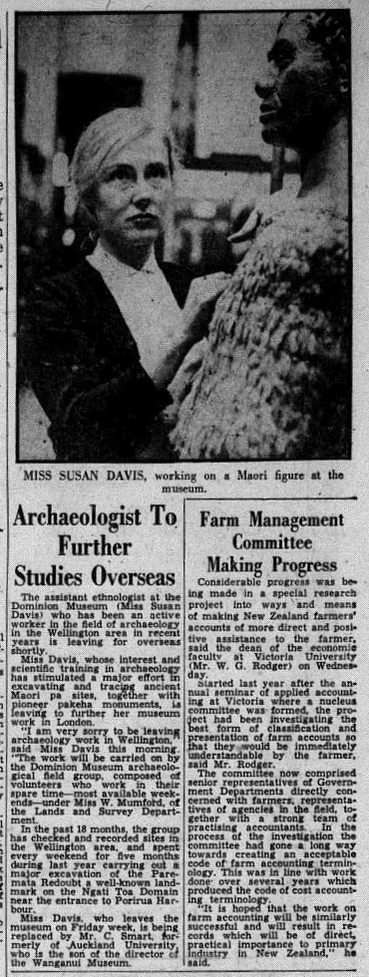 Figure 5. The Evening Post article, 29th April 1960, p. 18
Figure 5. The Evening Post article, 29th April 1960, p. 18 In mid-1963, Susanna left the SWM to take a curatorial position at Guildhall Museum. She then moved to London Museum where she curated exhibitions drawing on the museum’s collections of historic jigsaws and the suffragist movement. During this time, she joined the Suffragettes Fellowship, lending her voice to advocate for women’s rights (Figure 6).
Leaving the London Museum in 1968, Susanna travelled to the USA to work on Plimoth Plantation, Massachusetts, where she took part in the famous re-creation of the 17th century settlement founded by the Pilgrim Fathers. Her work involved researching and commissioning accurate copies of appropriate period furniture and soft furnishings, as well as correct costume for the living history interpreters in the houses.
After her second return to the UK, Susanna held curatorial positions at a number of well-known museums, Bewdley Museum in Worcestershire (1974 to 1982), Cider Museum in Heresford (1982 to 1985), and Ayscoughfee Hall at Spalding, Lincolnshire (1985 to 1995), before retiring in 1995 to Wales where she resides today.
Our research shows that after moving back to the UK from NZ, Susanna’s publication output decreases, which is reflective of her shift in focus from archaeological sciences and research to an alternative career pathway focussing in museums. While Susanna’s time as a professional archaeologist in NZ might be considered brief, there is no doubt of the lasting impact her research has had in the development of the archaeological discipline in the Pacific region.
Acknowledgements
References
- Anon. 1957 500-year-old greenstone adze. Museum studies rare moa hunter artifact. The Evening Post, 8th August 1957, p. 12.
- Anon. 1960 Archaeologist to further studies overseas. The Evening Post, 29th April 1960, p. 18.
- Anon. 1968 The veteran campaigner and the girl who will be battling on. Daily Mirror, 7th February 1968, p. 3.
- Burnett, R.I.M. 1963 The Paremata Barracks. Wellington: Govt. Print. in conjunction with the National Historic Places Trust.
- Cranstone, B.A.L. 1963 A unique Tahitian figure. The British Museum Quarterly 27(1/2): 45–48. (https://www.jstor.org/stable/4422812)
- Davidson, J.M. 2019 The Cook Voyages Encounters: The Cook Voyages Collections of Te Papa. Wellington: Te Papa Press.
- Davis, S. 1957 Evidence of Maori occupation in the Castlepoint area. The Journal of the Polynesian Society 66(2): 199–203. (http://www.jstor.org/stable/20703605)
- Davis, S. 1959 A summary of field archaeology from the Dominion Museum Group. New Zealand Archaeological Association Newsletter 2: 15–19. (https://nzarchaeology.org/download/a-summary-of-field-archaeology-from-the-dominion-museum-group)
- Davis, S. 1962 Interim report: Makara Beach (Wellington) excavation. New Zealand Archaeological Association Newsletter 5: 145–150. (https://nzarchaeology.org/download/interim-report-makara-beach-welington-excavation)
- Davis, S. 1963 A note on the excavations of the barracks at Paremata. In R.I.M. Burnett (ed.), The Paremata Barracks, pp. 25–29. Wellington: Govt. Print. in conjunction with the National Historic Places Trust.
- Dreaver, A. 1997 An Eye for Country: The Life and Work of Leslie Adkin. Wellington: Victoria University Press.
- Duff, R. 1960 New Zealand. Asian Perspectives 4(1/2): 111–117. (http://www.jstor.org/stable/42927491)
- Leach, H.M. 1976 Horticulture in prehistoric New Zealand: an investigation of the function of the stone walls of Palliser Bay. Unpublished PhD thesis, University of Otago, Dunedin.
- Leach, B.F. 1976 Prehistoric communities in Palliser Bay, New Zealand. Unpublished PhD thesis, University of Otago, Dunedin.
- Leach, B.F. and H.M. Leach (eds) 1979 Prehistoric Man in Palliser Bay. Wellington: National Museum of New Zealand.
- Prickett, N. 2004 The NZAA—A short history. Archaeology in New Zealand 47(4): 4–26. (https://nzarchaeology.org/download/the-nzaa-a-short-history )
- Wards, I.M. 1963 The Paremata Barracks by R.I.M. Burnett. Political Science 15(2): 82–85. (https://doi.org/10.1177/003231876301500222)
Blog Subjects
All
About
Adele De Dombasle
AWAWS Project
Beryl Rawson
Betty Fletcher
Eleanor Stewart / Jacobs (nee Neal)
Eugenie Sellers Strong
Eve Stewart (nee Dray)
Isabel Turnbull
Jessie Webb
Judy Birmingham
Margaret Hubbard
Marguerite Johnson
Marion Steven
Marjorie Burnell (nee Smyth)
Olwen Tudor Jones
Pacific Matildas
Susanna Davies
Theme: Mrs
Theme: Museums
Theme: Research Methods
About the Blog
The contribution made by women to ancient world studies in Australia and New Zealand has often been neglected. Our blog aims to bring you new research and insights into some of these remarkable women.
Written by AWAWS members, these entries will hopefully be a starting point to discovering more about the diversity of people who have shaped our understanding of the ancient world.
Write for the Blog
We are currently seeking contributors to the blog. If you would like to write your own entry on any aspect of the history of women in ancient world studies, please get in touch with your idea and a draft outline of your entry via socawaws@gmail.com
Archives
January 2024
December 2022
August 2021
July 2021
May 2021
April 2021
February 2021
December 2020
November 2020
September 2020
August 2020
July 2020
June 2020
May 2020
April 2020
March 2020
December 2019

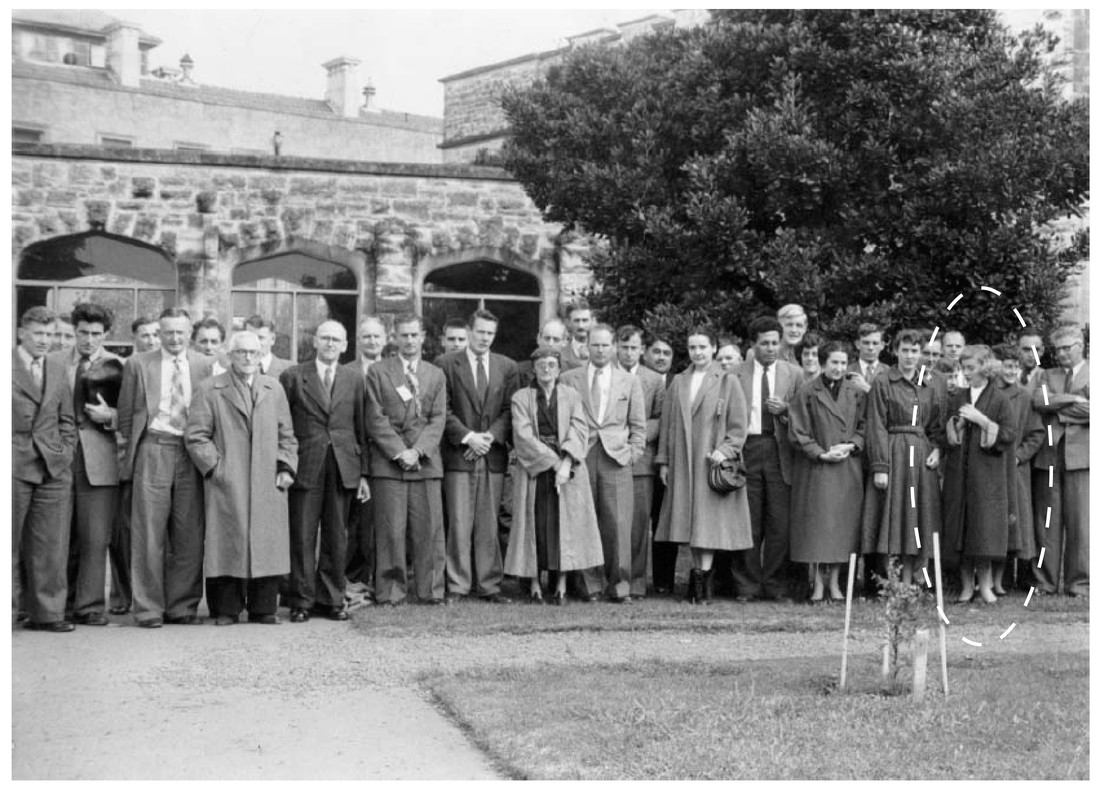
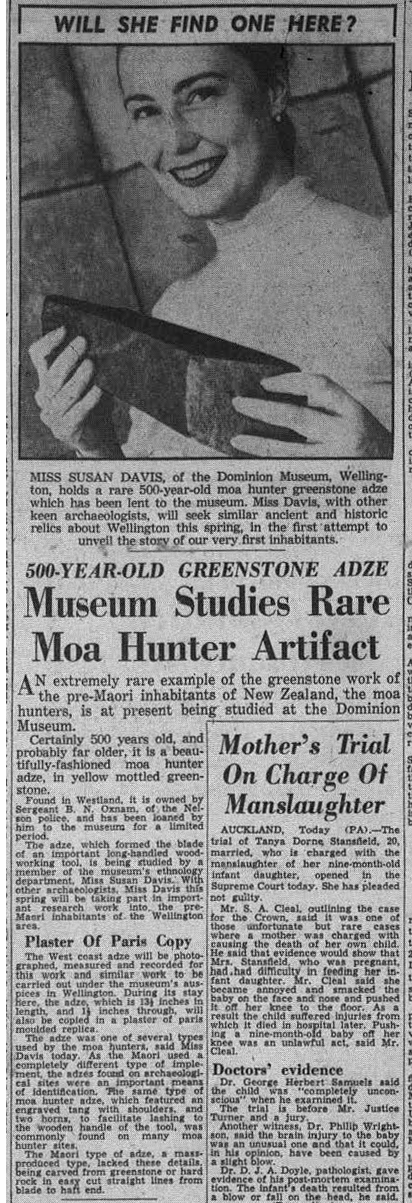
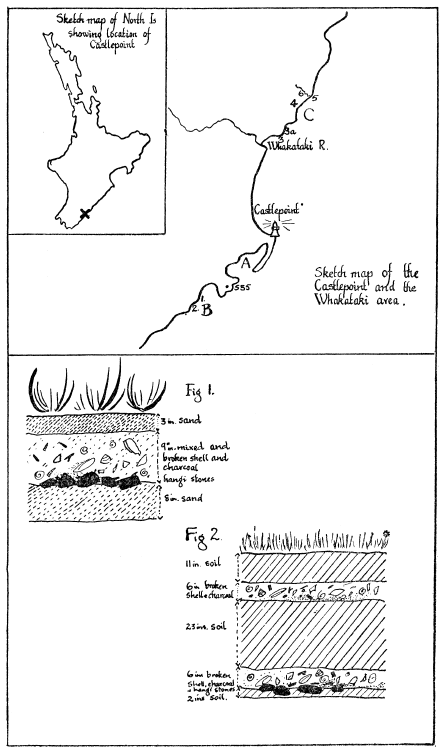
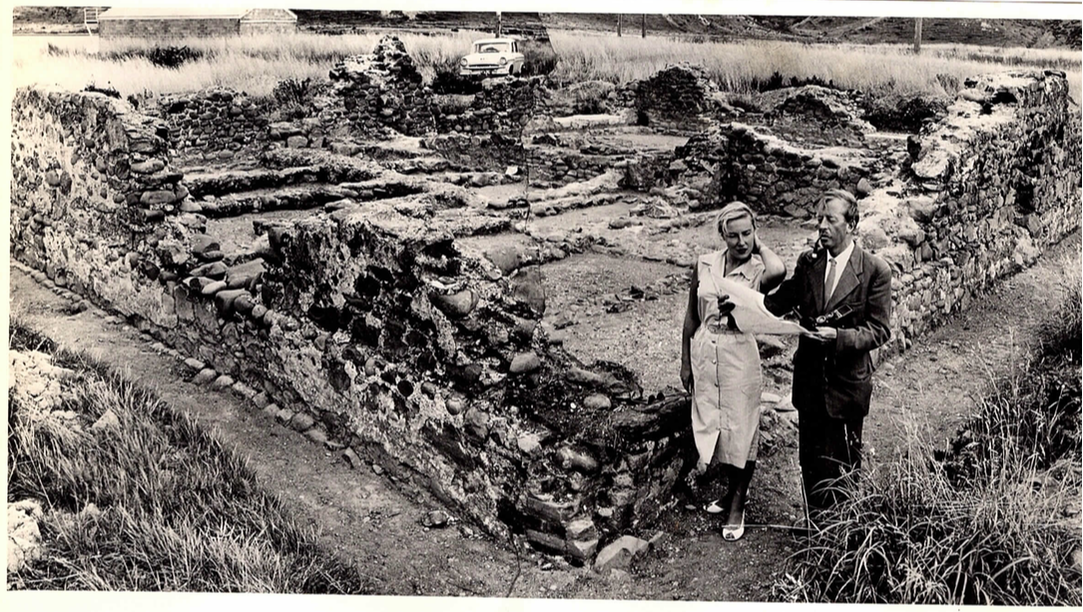
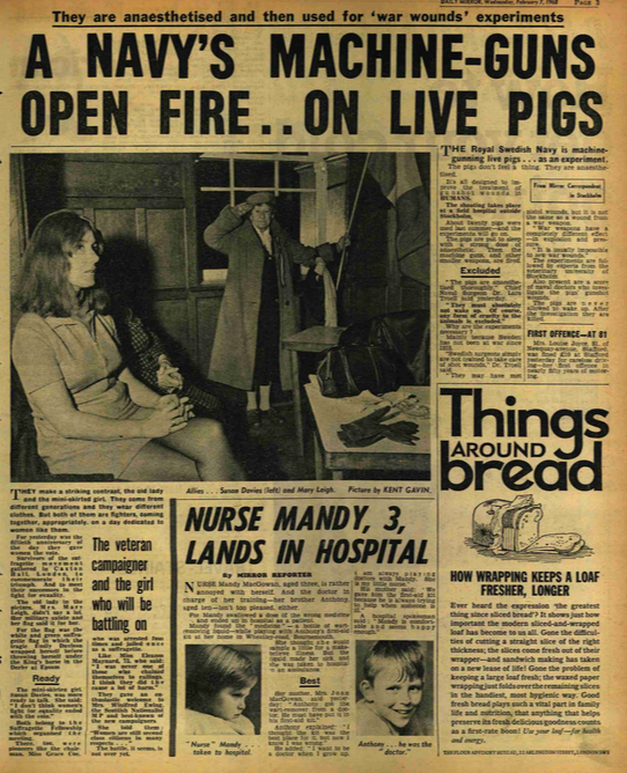
 RSS Feed
RSS Feed